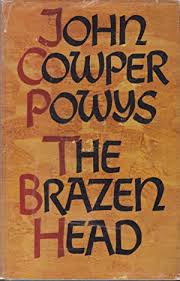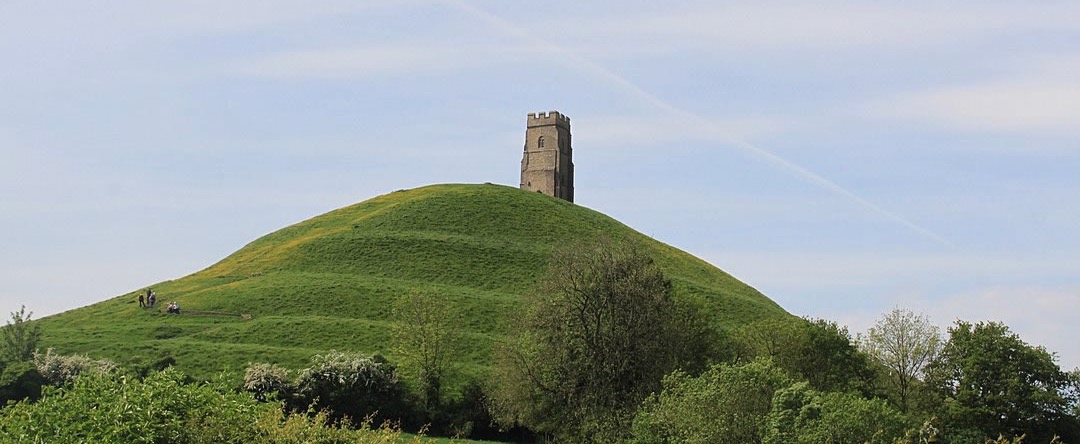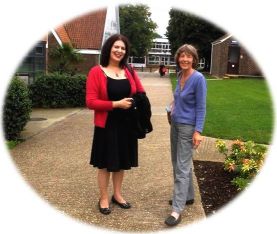Saturday 14 August 2021 — Discussion of JCP’s novel The Brazen Head
Chapter XXII, The Oracle
This event will be HELD ONLINE by ZOOM at 15:00 BST (Max 1.5 HOURS to 16:30).
- If any member wishes to join the Zoom discussion, please e-mail Kevin Taylor at kjt8422@gmail.com. Kevin will be hosting the meeting and will send you joining details in due course.
The Brazen Head was written between May 1954 and September 1955 and published by Macdonald in 1956. The novel had specific personal significance for JCP — the events take place in 1272 in his home territory of Wessex (Bacon was born in Ilchester just a few miles from Montacute). In 1955 in a letter to his friend Nicholas Ross JCP said: “My romance centres round far the most important figure of the Middle Ages, namely ROGER BACON who succeeded in doing what no other human being has ever done before or since. That is to say Friar Roger Bacon, who was infinitely greater than Francis Bacon, [and who] imitated God and created a living soul!”
 This late novel, composed when JCP was in his eighties, demonstrates how well Powys, in old age, could still evoke a powerful sense of the historical past. JCP researched the period of the thirteenth century in depth studying books on medieval history and theology. Readers, however, may notice some technical weaknesses such as various plot inconsistencies and other strange anomalies. The novel features the priest scientist Roger Bacon (1220-1292) and his invention of a metallic head with the potential to deliver oracles but much of the narrative is also concerned with the conflict between the two barons Sir Mort Abyssum and Sir Maldung. Friar Bacon is opposed by the fanatical Franciscan priest, Bonaventura (1221-1274) and by Petrus Peregrinus de Maricourt (fl.1269), an advocate of “scientific magnetism” who seeks to defeat Bacon’s Trinitarian philosophy and destroy the metal image.
This late novel, composed when JCP was in his eighties, demonstrates how well Powys, in old age, could still evoke a powerful sense of the historical past. JCP researched the period of the thirteenth century in depth studying books on medieval history and theology. Readers, however, may notice some technical weaknesses such as various plot inconsistencies and other strange anomalies. The novel features the priest scientist Roger Bacon (1220-1292) and his invention of a metallic head with the potential to deliver oracles but much of the narrative is also concerned with the conflict between the two barons Sir Mort Abyssum and Sir Maldung. Friar Bacon is opposed by the fanatical Franciscan priest, Bonaventura (1221-1274) and by Petrus Peregrinus de Maricourt (fl.1269), an advocate of “scientific magnetism” who seeks to defeat Bacon’s Trinitarian philosophy and destroy the metal image.
In the last chapter of The Brazen Head, entitled The Oracle, JCP brings together at a purely thematic level many of the key concepts already introduced in earlier parts of the book. Here the reader will find a confession of JCP’s own belief that “all living creatures have a consciousness of being themselves”, a cast of colourful characters, as well as historical figures such as Albertus Magnus (1200-1280) and Bonaventura, references to the conflict between Greyfriars and Blackfriars, rebellious serfs, the rivalry between landowning Barons and their ancestral castles (JCP’s original title for the book was The Two Barons), elements of medieval theology, the co-existence of science and magic, zodiacal signs, experiments in magnetism, and an apocalyptic confrontation between beneficent powers and sinister forces: Friar Bacon declares the brazen head is the magical protector of Britain; the “insane voice” of Petrus Peregrinus exclaims “I am Anti-Christ”. At the end of the chapter the “image of brass” and Petrus Peregrinus are destroyed in a fiery conflagration which, according to G Wilson Knight, marks the defeat of the Christian-theological theme of the book by the “sexual Antichrist of Welsh affinities and occult powers.”
Chris Thomas, Hon. Secretary



